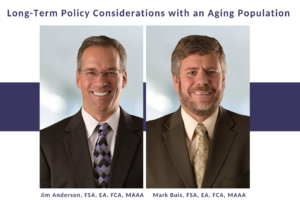IN THIS ISSUE
• IRS Guidance on Self-Correction under SECURE 2.0
• SECURE 2.0 Provides Flexibility in Overpayment Recovery
• Tri-Agencies Propose Sweeping Changes to Mental Health Parity Rules
• Hospital and Fixed Indemnity Proposed Rule
• IRS Issues Guidance on COVID-19 Testing and Preventive Care for High Deductible Health Plans

